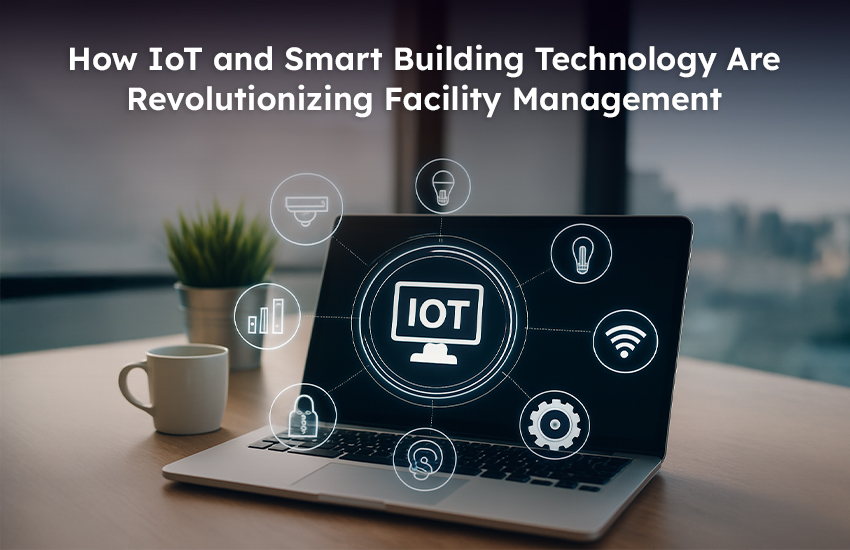How IoT and Smart Building Technology Are Revolutionizing Facility Management

Walk into a modern building, and you’ll find more than just a place to work. You’ll find a living, breathing, data-driven environment. This is the era of the smart building, and at its core is a simple but powerful idea: a network of sensors and devices talking to each other.
This network is the Internet of Things (IoT). When applied to facility management, IoT isn’t just a trend; it’s a revolution. It’s the difference between reacting to problems and predicting them before they even happen. For facility managers, this technology provides the ability to make smarter, faster decisions based on real-time data, not guesswork.
Here’s how IoT facility management is transforming the industry and what it means for you:
- Enabling Predictive Maintenance Instead of waiting for an HVAC unit to break down, IoT sensors can monitor its performance in real-time. They track temperature, vibration, and energy consumption. When a sensor detects an anomaly, it sends an alert to your facility management platform. This allows you to schedule maintenance immediately, preventing a costly failure and minimizing downtime.
- Optimising Energy Use IoT sensors can track energy consumption down to a single light fixture. This gives you unparalleled visibility into your energy use. Your system can automatically adjust lighting and temperature based on occupancy, time of day, or weather, leading to significant savings on your utility bills.
- Improving Space Utilization Are you using your office space effectively? IoT sensors can provide data on how often conference rooms are used, which desks are empty, and what areas of your building are most popular. This data allows you to make informed decisions about space planning, from optimizing layouts to reducing your overall footprint.
A modern facility management tool like Punctualiti isn’t just compatible with this technology it’s designed to be the brain that processes all that data. It takes the information from your IoT sensors and turns it into actionable insights, automated work orders, and clear reports. This integration is what makes a smart building truly intelligent.